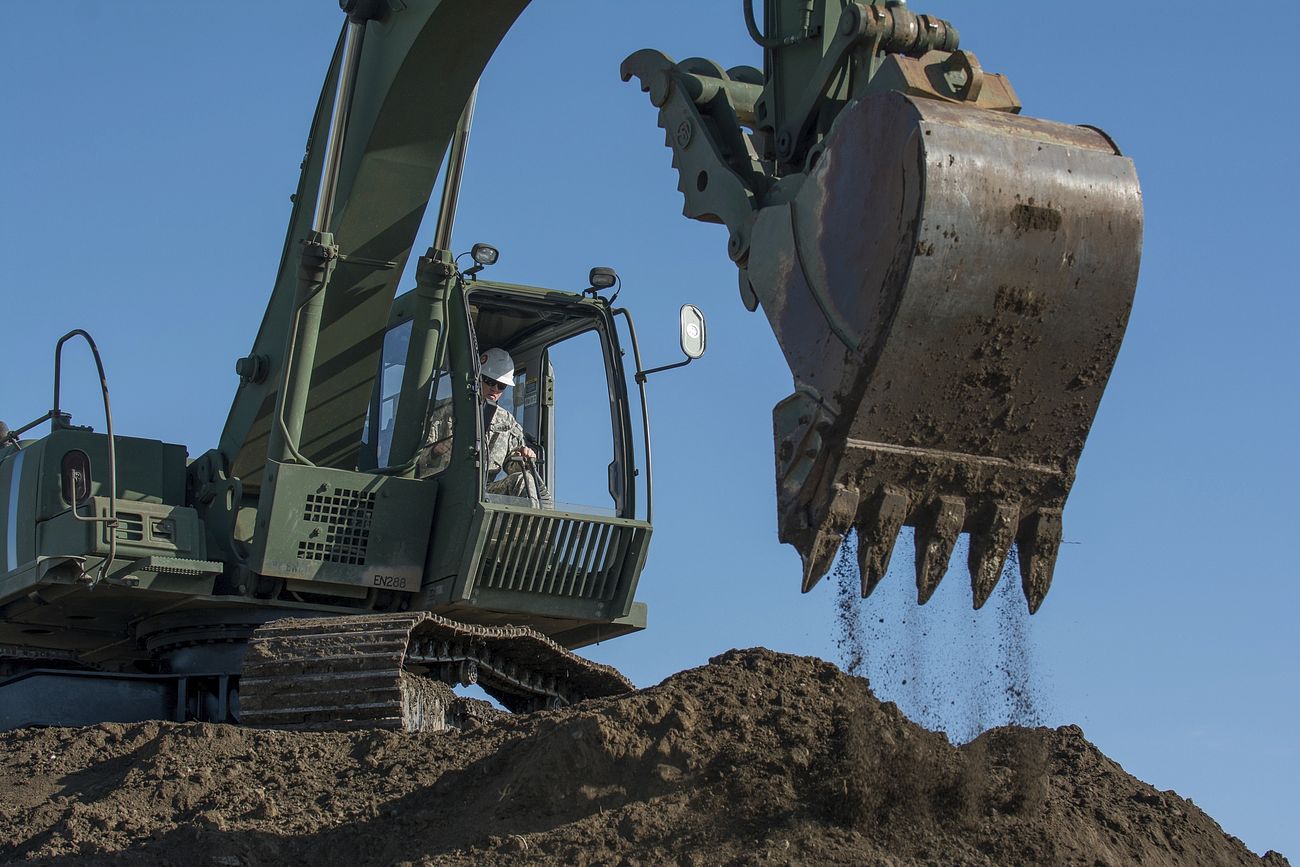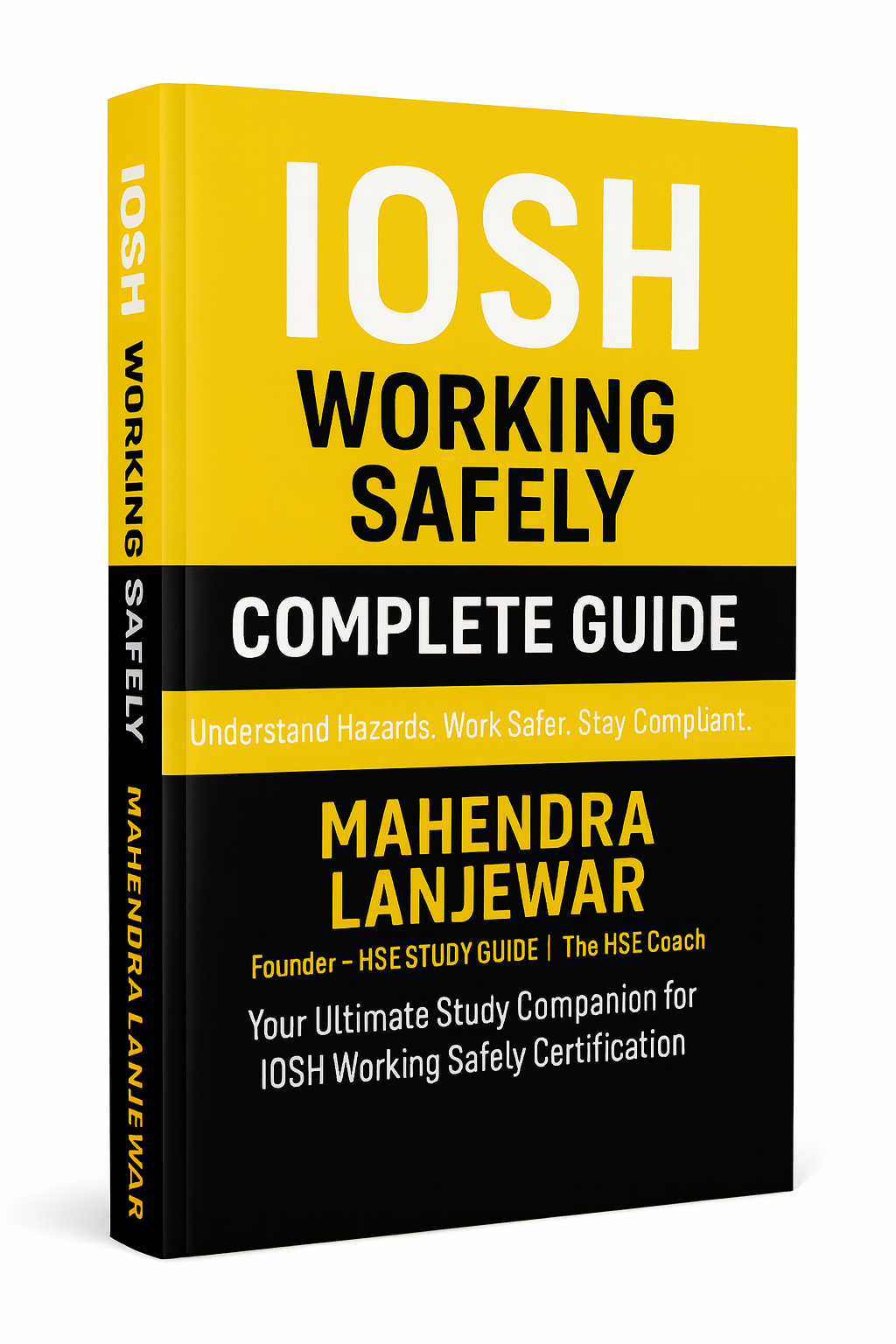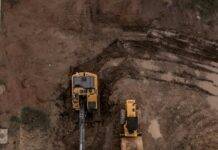
Introduction
Excavation Hazards and Precautions : When it comes to construction and development projects, excavation plays a crucial role in laying the foundation for various structures. However, it is essential to acknowledge that excavation work can be hazardous if not approached with caution. In this article, we will delve into the potential hazards associated with excavation and explore the necessary precautions to ensure a safe and successful excavation process.
Understanding Excavation Hazards and Precautions
Excavation Hazards
1: Unstable Soil Conditions
Excavation involves digging into the earth, which can expose workers to unstable soil conditions. Loose soil or steep slopes can lead to cave-ins or landslides, posing a significant risk to personnel working in the trench.
2: Contact with Utilities
Another potential hazard is the accidental contact with underground utilities, such as gas pipelines, electrical cables, or water mains. Failure to locate and identify these utilities before excavation can result in severe injuries, utility disruptions, and costly damages.
3: Heavy Machinery Accidents
Excavation sites typically utilize heavy machinery and equipment. If not operated by trained professionals, these machines can cause accidents, leading to injuries and property damage.
4: Falling Objects
Excavation work often involves digging beneath existing structures or near construction sites. This proximity increases the risk of falling objects, which can cause severe injuries to workers below.
5: Hazardous Atmospheres
Excavation can release hazardous gases and vapors trapped underground. Workers may be exposed to toxic fumes, lack of oxygen, or the risk of explosion.
Implementing Precautions for Safe Excavation
1: Proper Planning and Inspection
Before commencing any excavation, a comprehensive plan must be laid out. This plan should include soil analysis, identification of utilities, and a detailed layout of the excavation site. Regular inspections throughout the process are crucial to identify potential hazards and implement preventive measures.
2: Use of Protective Systems
To mitigate the risk of cave-ins, the use of protective systems is essential. These may include shoring, shielding, and sloping techniques to stabilize the soil and prevent collapse.
3: Utility Detection and Marking
To prevent accidental damage to underground utilities, thorough utility detection and marking must be carried out. Specialized equipment, such as ground-penetrating radar, can aid in identifying the precise location of utilities.
4: Proper Training and Supervision
All personnel involved in excavation work should receive proper training on equipment operation, safety procedures, and emergency protocols. Regular supervision ensures that safety guidelines are adhered to throughout the project.
5: Use of Personal Protective Equipment (PPE)
Workers should wear appropriate personal protective equipment, including hard hats, high-visibility vests, gloves, and steel-toed boots, to safeguard against potential hazards on the site.
Conclusion
Excavation is an integral part of various construction projects, but it comes with inherent risks. Understanding these hazards and implementing the necessary precautions is vital to ensure the safety and well-being of workers on the site. By conducting proper planning, utilizing protective systems, and providing adequate training, excavation can be carried out efficiently without compromising safety.
FAQs
Q1: Is excavation only risky for workers in the trenches? A1: No, excavation hazards can affect workers both inside and outside the trenches, as falling objects and heavy machinery accidents pose risks to all personnel on the site.
Q2: Can excavation accidents lead to utility disruptions? A2: Yes, if utilities are not properly identified and marked before excavation, accidents can lead to utility disruptions, causing inconvenience and potentially hazardous situations.
Q3: What should I do if I encounter a hazardous atmosphere during excavation? A3: If you encounter a hazardous atmosphere, evacuate the area immediately and inform the appropriate authorities. Do not re-enter the site until it has been declared safe.
Q4: Can I excavate without a proper plan in place? A4: Excavating without a proper plan is highly discouraged, as it increases the risk of accidents and damages. Always have a detailed plan before starting any excavation work.
Q5: Are there any specific regulations for excavation safety? A5: Yes, various occupational safety regulations govern excavation work. Make sure to comply with these regulations and standards to ensure a safe working environment.
























